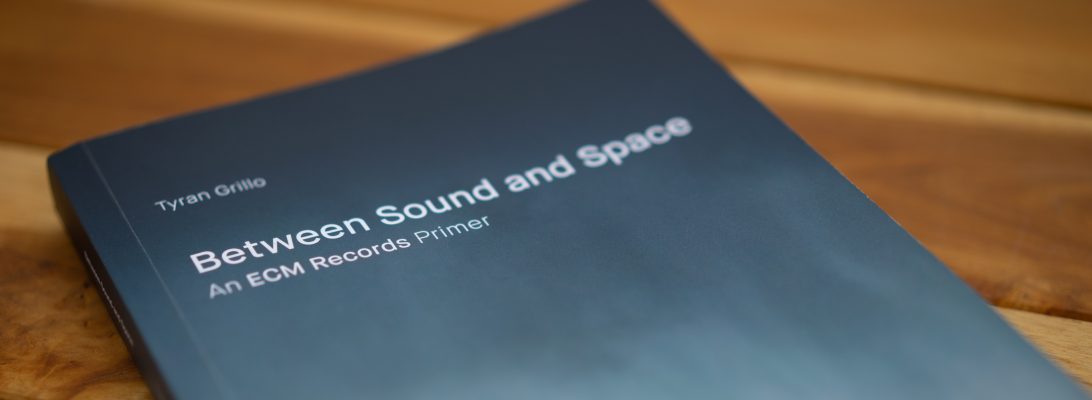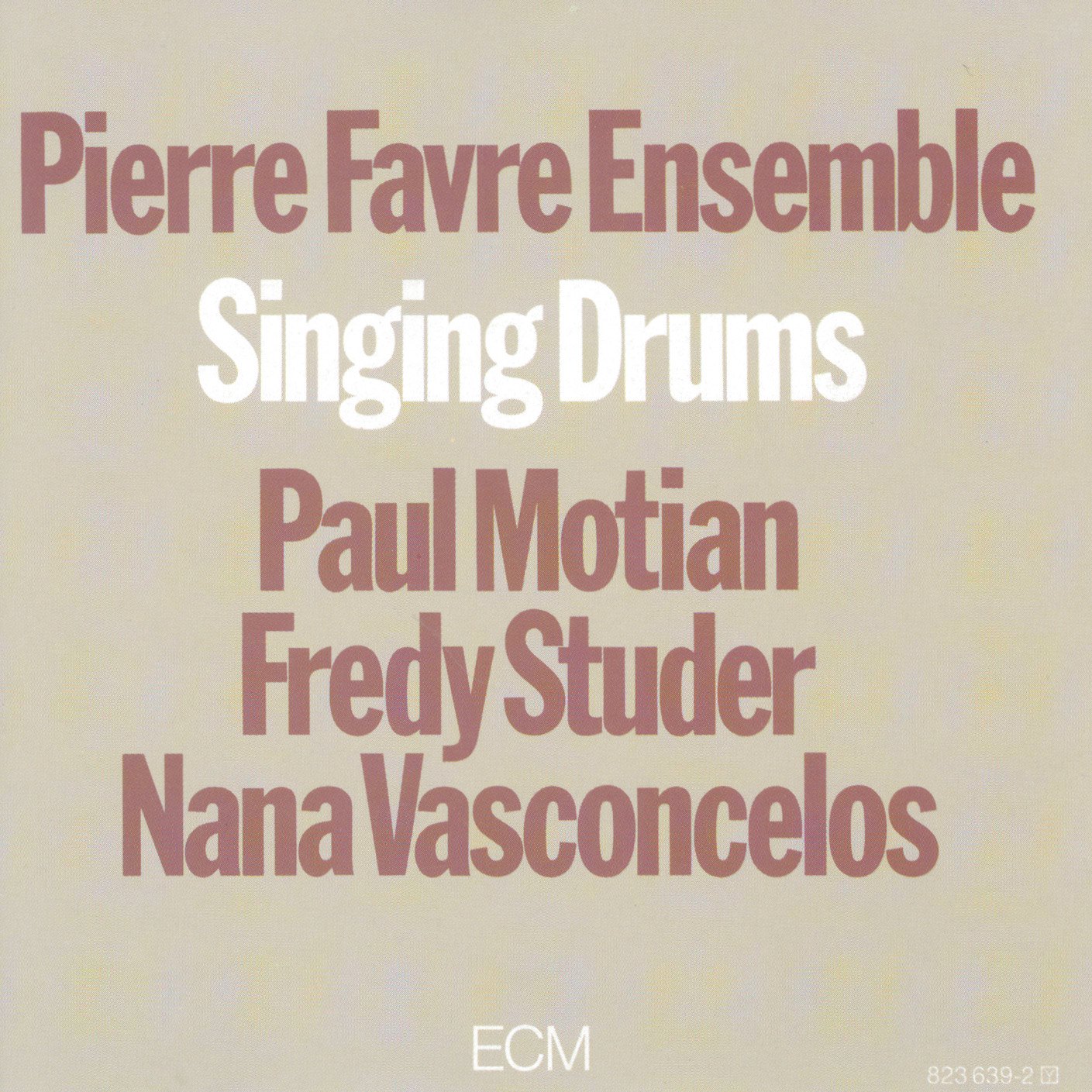Pierre Favre Ensemble
Fleuve
Philipp Schaufelberger guitar
Frank Kroll soprano saxophone, bass clarinet
Hélène Breschand harp
Michel Godard tuba, serpent
Wolfgang Zwiauer bass guitar
Bänz Oester double-bass
Pierre Favre percussion, drums
Recorded October 2005, Volkshaus Basel
Engineer: Daniel Dettwiler
Produced by Manfred Eicher
A vital current in the European jazz circuit for decades, Pierre Favre gets full spotlight as composer on Fleuve, which finds the Swiss percussionist in the company of a most unusual ensemble that includes two bassists, tuba, harp, reeds, and guitar. The album certainly lives up to its name, which means “river” in French, and accordingly funnels springs and streams into a larger, contrapuntal current.
Although every musician contributes viable color to the Fleuve palette, the alizarin crimson of harpist Hélène Breschand, forest green of bassist Bänz Oester, sky blue of guitarist Philipp Schaufelberger, and the sunlit soprano saxophone of Frank Kroll (also on bass clarinet) add especially noteworthy streaks to the emerging image. Of that image, track titles such as “Mort d’Eurydice” and “Reflet Sud” give us tantalizing hints, reflecting a mythology as personal as it is timeless.
The music is delicately paced, and spins from that core group (with Favre’s adaptive rhythms completing the pentagon) a narrative of elemental conversion. Whether through the spiraling hide and seek of “Panama” or the angled wingspan of “Albatros,” Favre and his bandmates change up combinations, switching above and below, with seamless intuition. One moment might find a theme pouring from the group in tutti, while the next shifts into a duet of guitar and brushed drums, or harp and bass, that strings every melody with care.
Hints of enchantment abound, as in the bass clarinet ambling along the banks of the “Nile” or the medieval song that ghosts the inner sanctum of “Decors.” As throughout the album, gestures abound with glorious promise and find realization through Favre’s orchestral sensitivity.
An album of sense and originality, this is the pinnacle of Favre’s ECM output.










